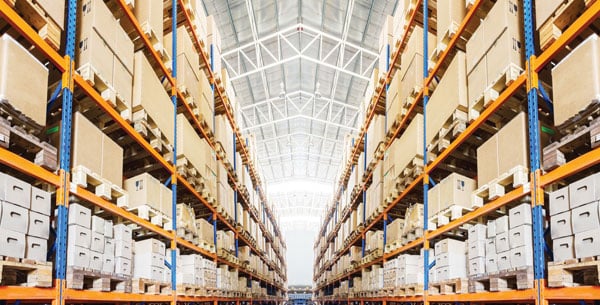"The industrial part of our industry is often forgotten, misunderstood, neglected, an outcast," Hubina tells GlobeSt.com. "But the 'outcast' is alive and very healthy and going ver well in 2001. It is time for this outcast to take center stage."
The industrial market has a vacancy rate less than half of the office market, he notes. The industrial market in the metro area covers 168 million sf, the equivalent of six square miles, he says.
"The industrial vacancy rate has risen from 4.8% to 6.3%, a 31% increase, but it is still very close to 5%," which is a healthy market, he says.
The market, however, will see the vacancy rate rise to 9% before it falls back to the 5% to 5.5% range, he adds.
One advantage industrial has over office is that it can construction can be more easily controlled.
"A big box distribution space can be built in eight or nine months, while anoffice building takes 1.5 to two years," Hubina notes at a forecast event. "You are able to control the pace of construction easier."
The local market, he notes, however, also has seen a number of manufacturers announce they were closing some operations this year, including Samsonite, Kiebler and Jolly Rancher.
Want to continue reading?
Become a Free ALM Digital Reader.
Once you are an ALM Digital Member, you’ll receive:
- Breaking commercial real estate news and analysis, on-site and via our newsletters and custom alerts
- Educational webcasts, white papers, and ebooks from industry thought leaders
- Critical coverage of the property casualty insurance and financial advisory markets on our other ALM sites, PropertyCasualty360 and ThinkAdvisor
Already have an account? Sign In Now
*May exclude premium content© 2024 ALM Global, LLC, All Rights Reserved. Request academic re-use from www.copyright.com. All other uses, submit a request to [email protected]. For more information visit Asset & Logo Licensing.








